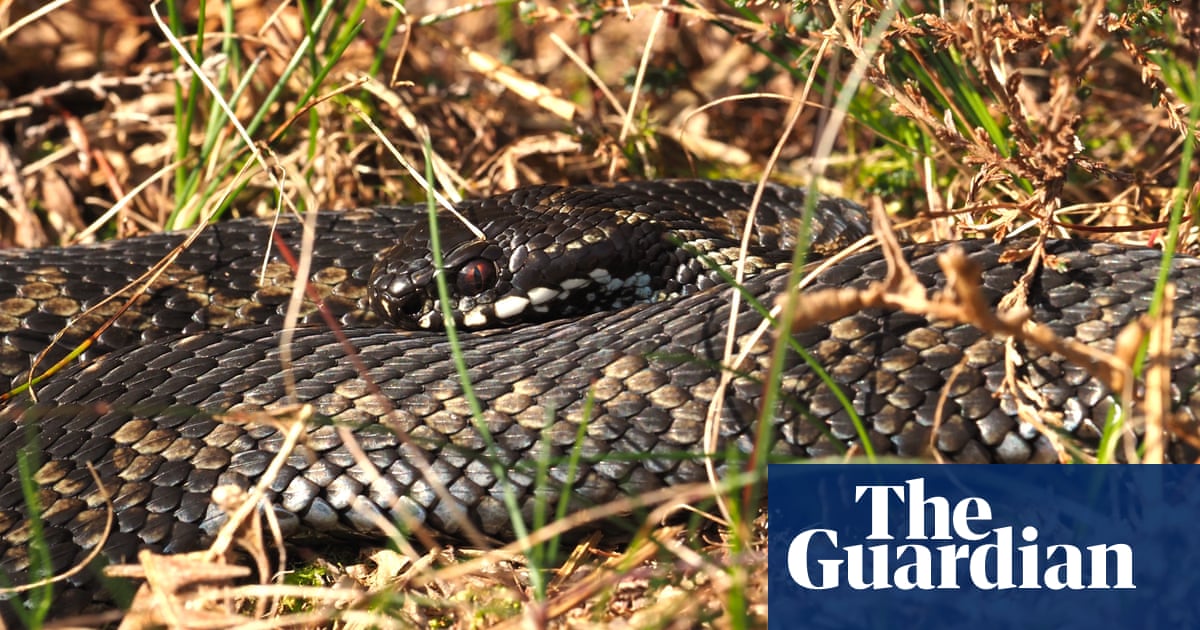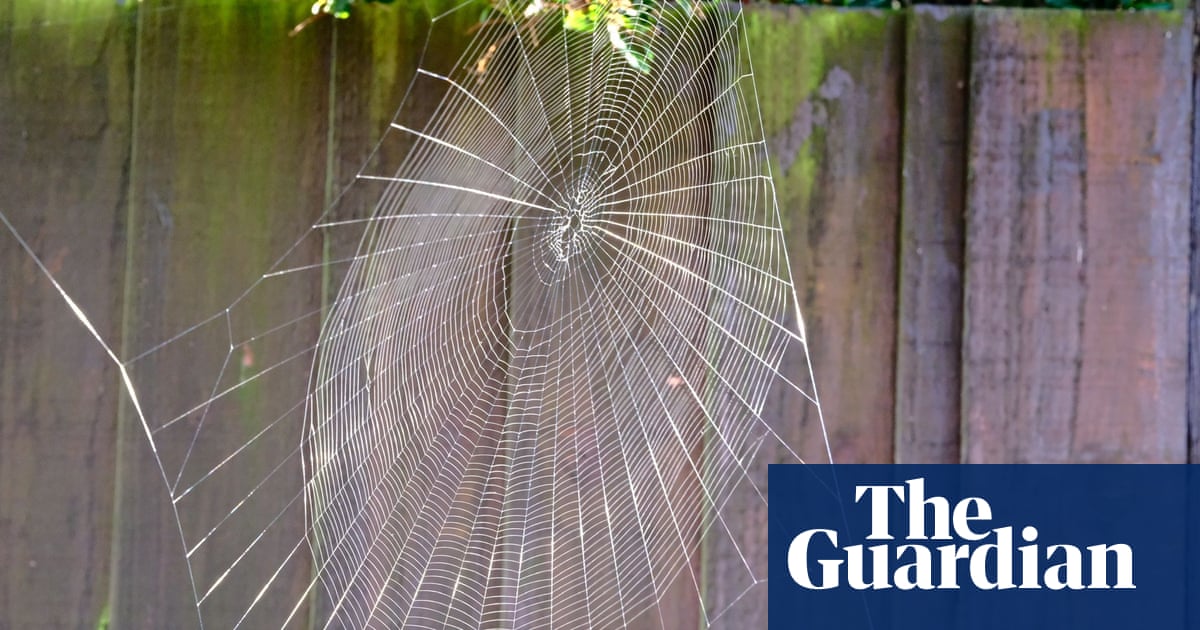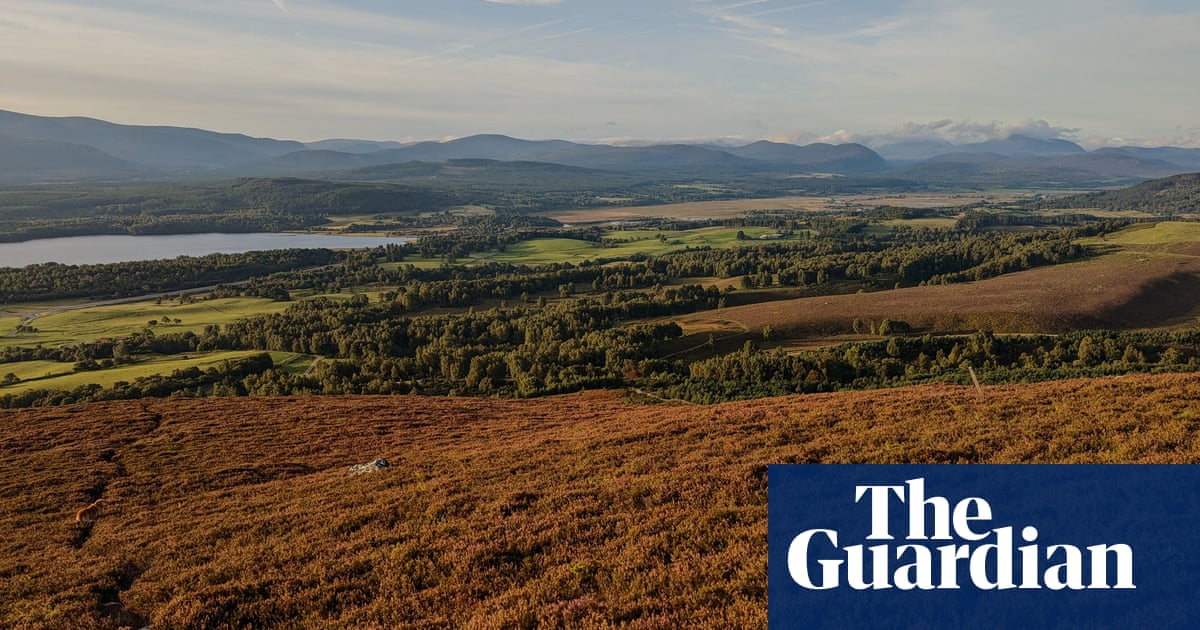
It’s low tide on the rocky shore of Scarlett Point. A fissure in the limestone pavement guides me down to a collapsed kelp forest at the waterline. The sea’s retreat has caused the oarweed to lay down its arms and drape its fleshy paddles over claw-like holdfasts that anchor it to the rocks. Exuding a briny tang, this fearsome tangle of oil-dark rubbery hose and neoprene “oars” is a danger to unwary feet. I find some solidity on a limpet-mined boulder, and dunk my head towards the surface of the nearest rockpool.
The still water under my chin has the pristine, algae-free serenity of a newly established fish tank, a multicoloured bed of shell fragments, and fish jinking through tufts of translucent seaweed. Or rather, one fish, a goggle-eyed shanny with an open-mouthed surprised look. It is a tiny tiger of sorts, its back striped with alternating bars the colour of wet and dry sand.
A little while later I sit up and look out to sea. A female eider a couple of hundred metres offshore appears to sit in water that is higher than the rock on which I crouch. Closer to, the illusion is not exactly confounded by reality, for the barrier of oarweed has been breached by a dribble, a trickle, a gush of water. The incoming sea sighs in a succession of glugs, gurgles, farts and belches, slapping against the sides of the cracked rock, burping pockets of air out of crevices.
My little pool, never more than a three-hour-long refuge or prison, is transmuting both shape and content for the second time today. It elongates into a lake and then becomes part of a tiny tidal estuary, the current stirring its serrated wrack seaweed, causing it to sway shorewards on the in-breath, and flap back seawards on the out.
I have lost one fish and gained a multitude. A shoal of shannies ride the swell, slaloming through the seaweed. Are they chasing or being chased – racing to escape deeper water with bigger fish?












